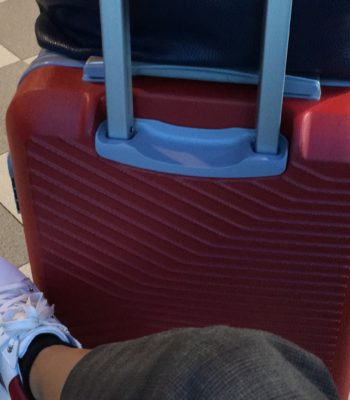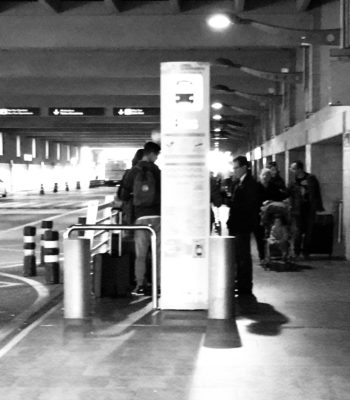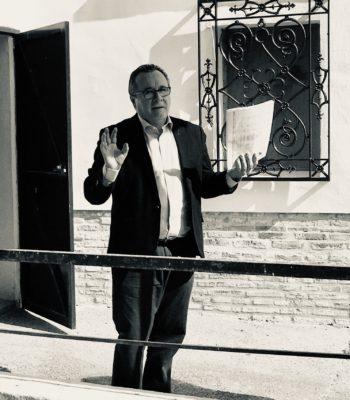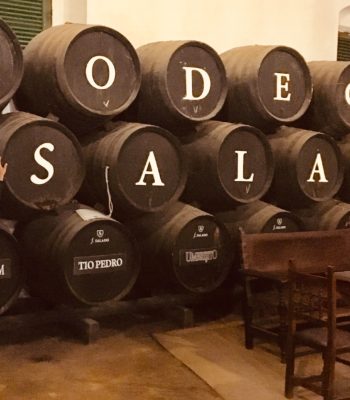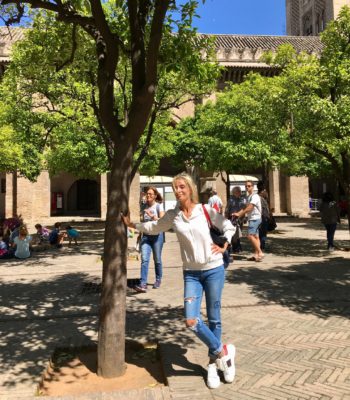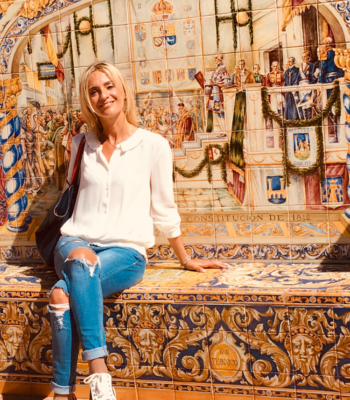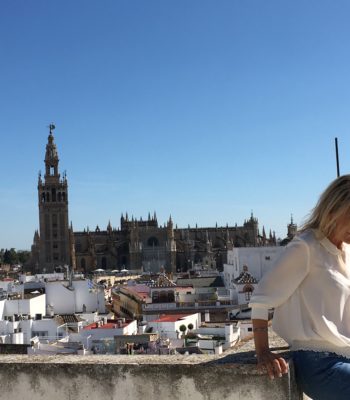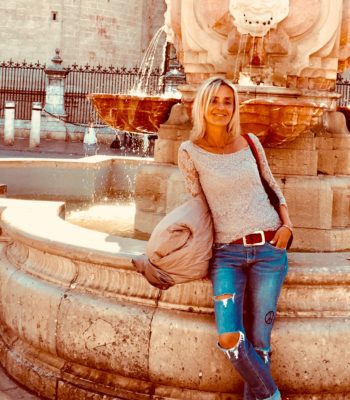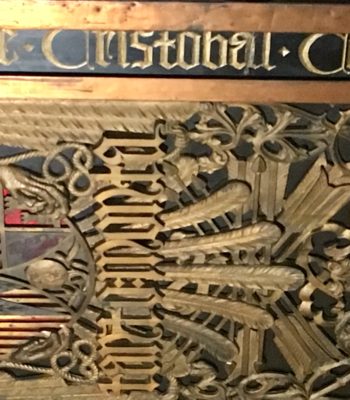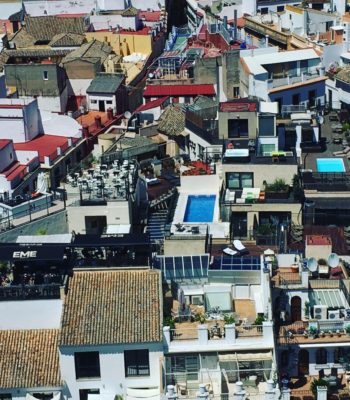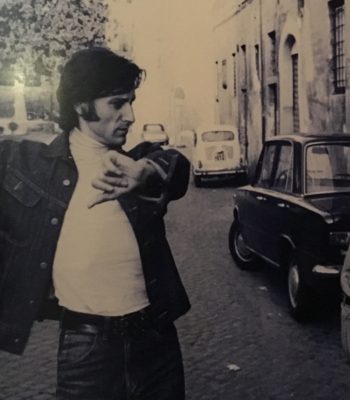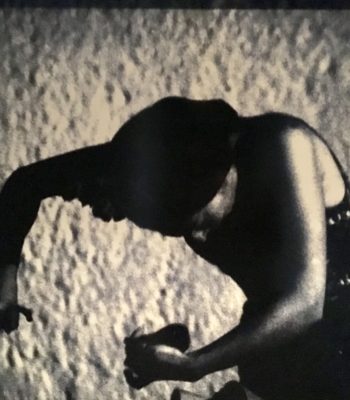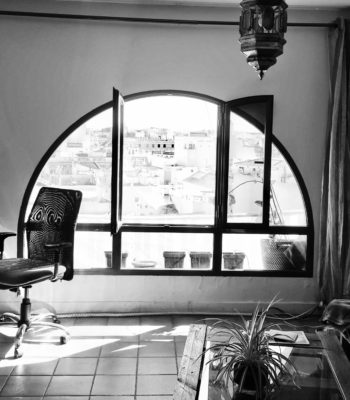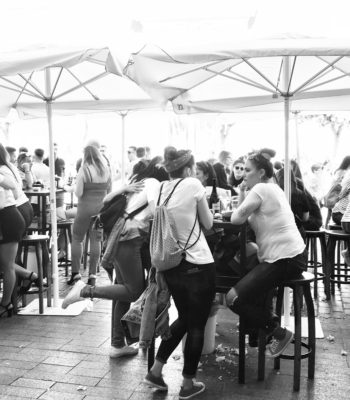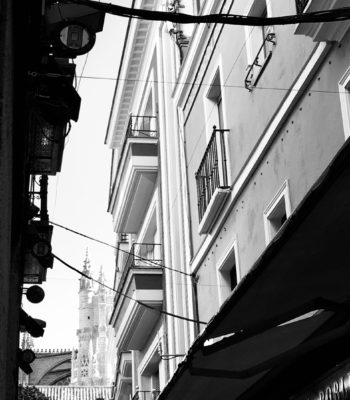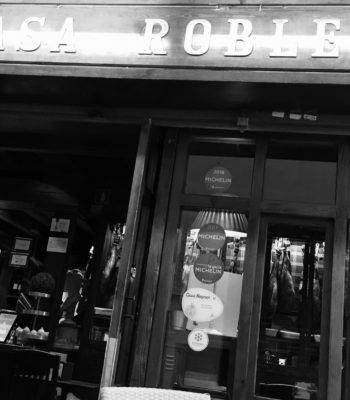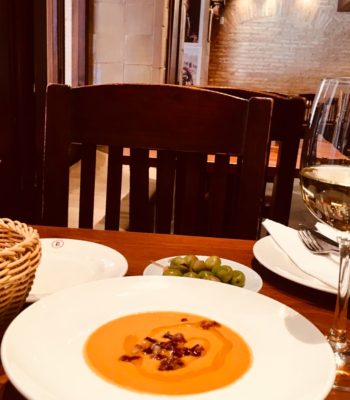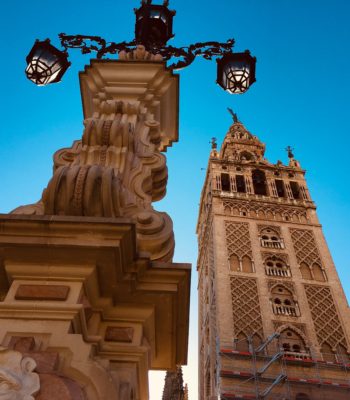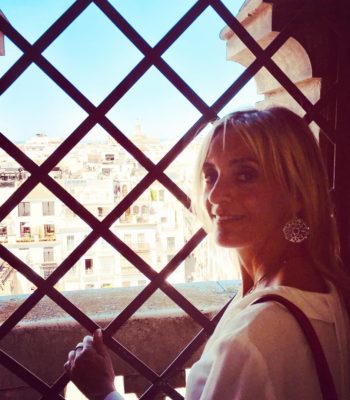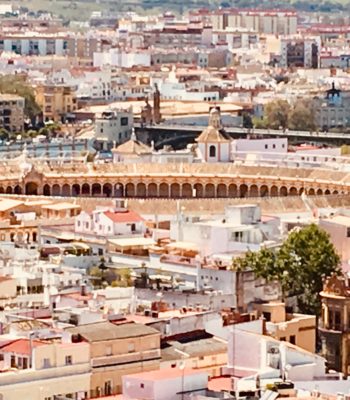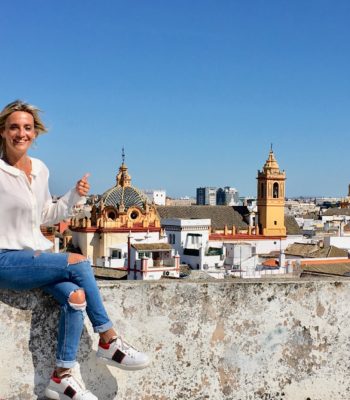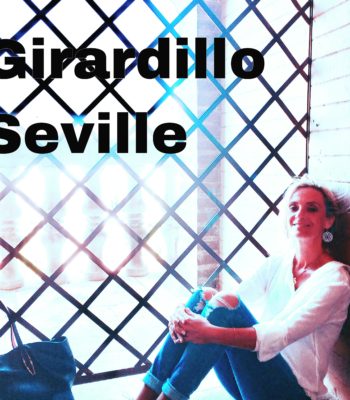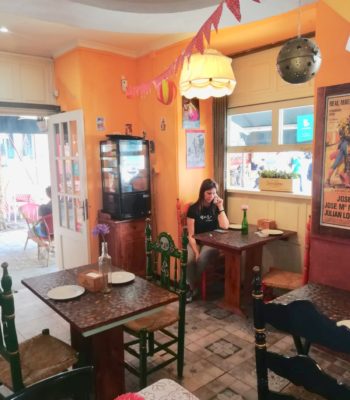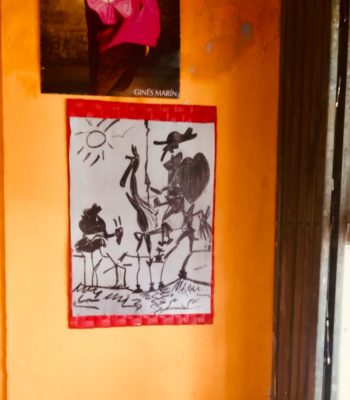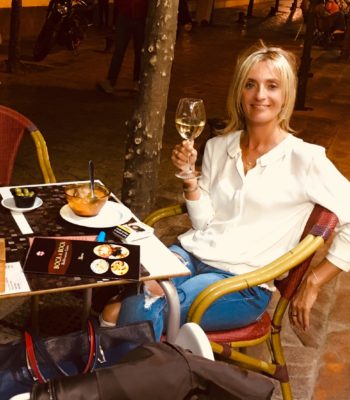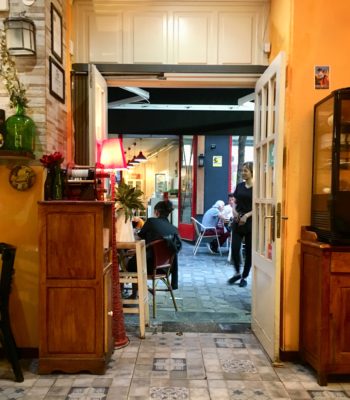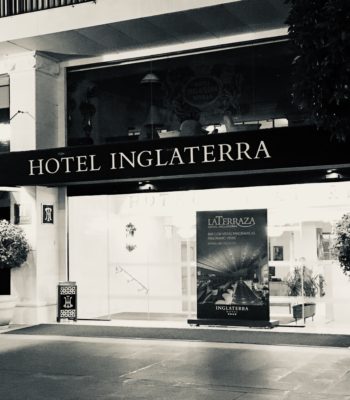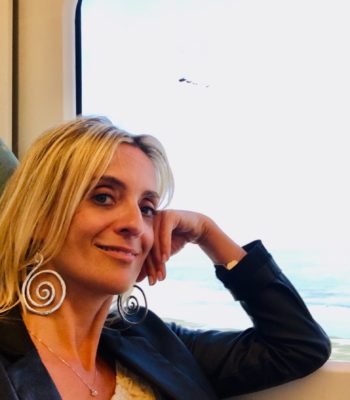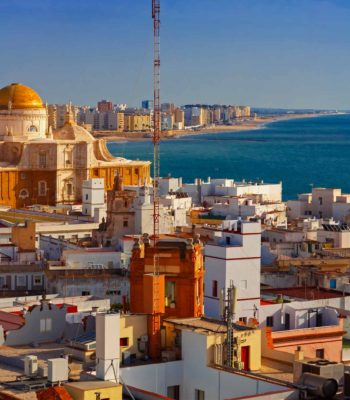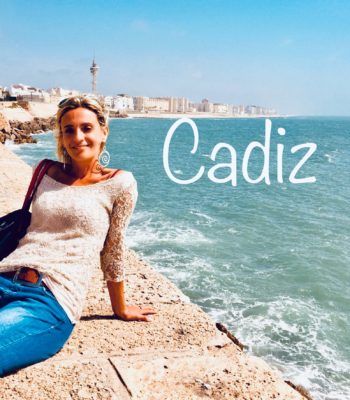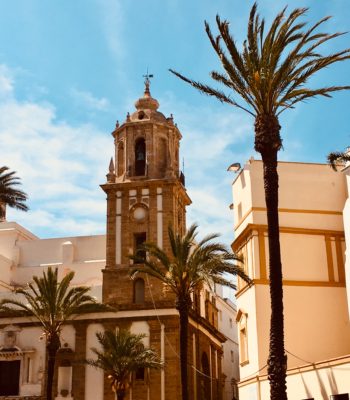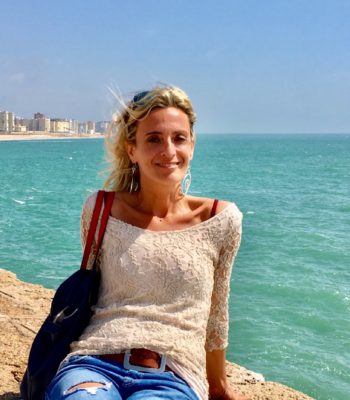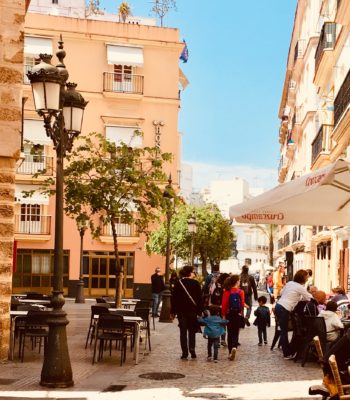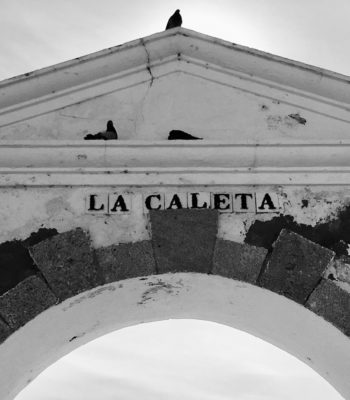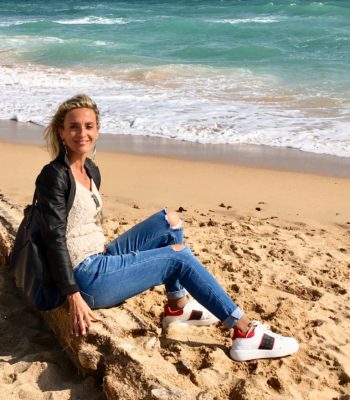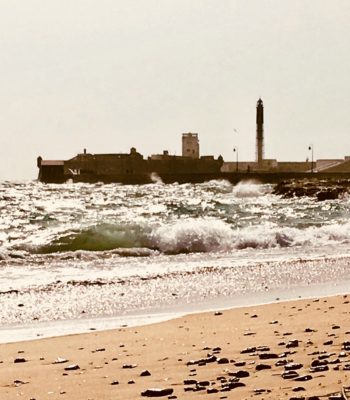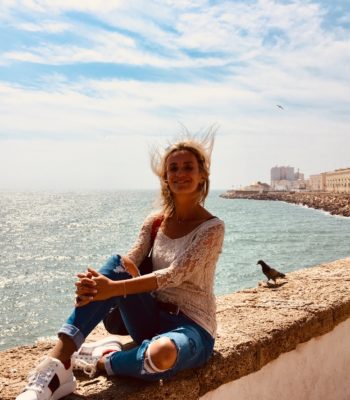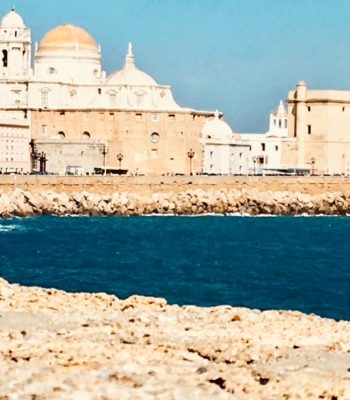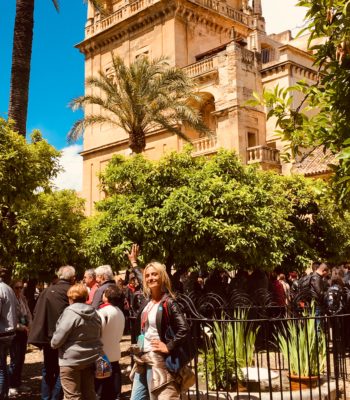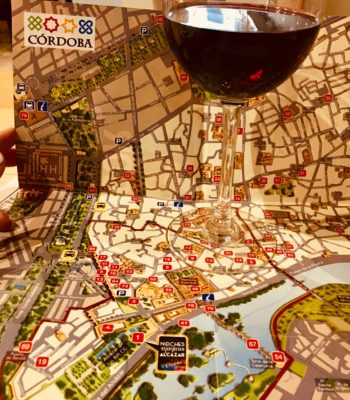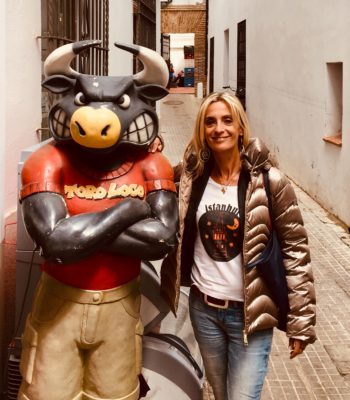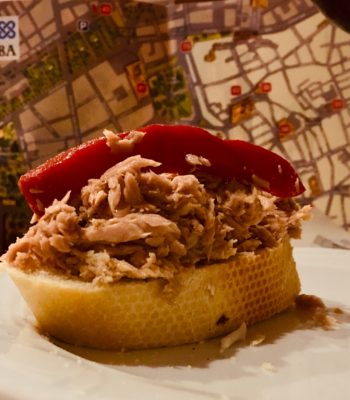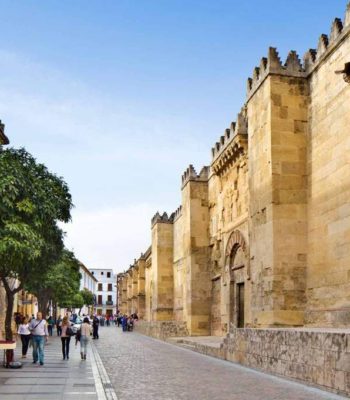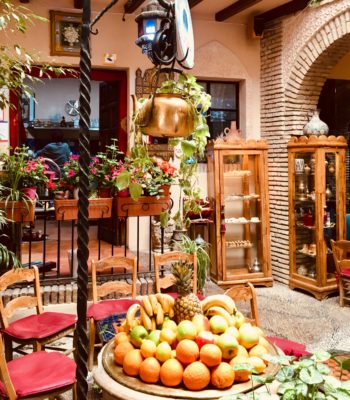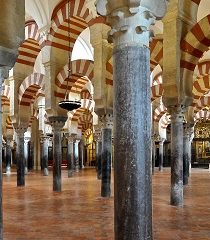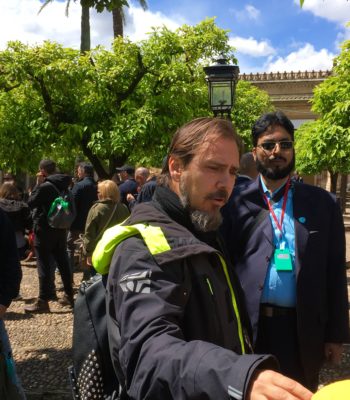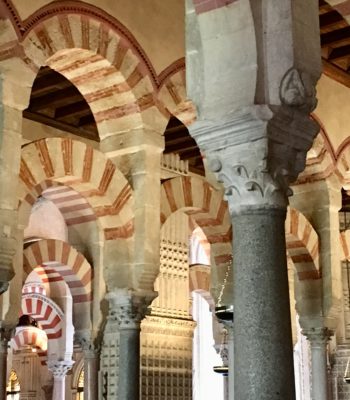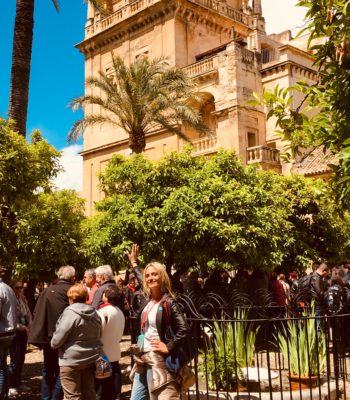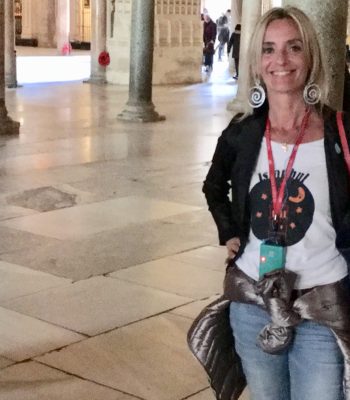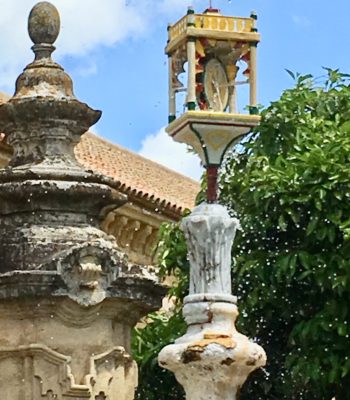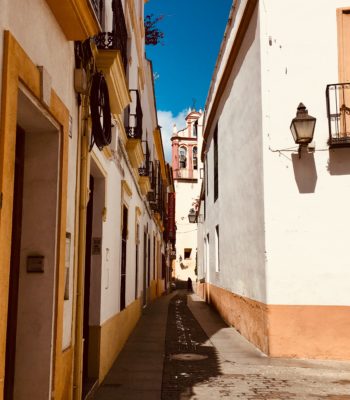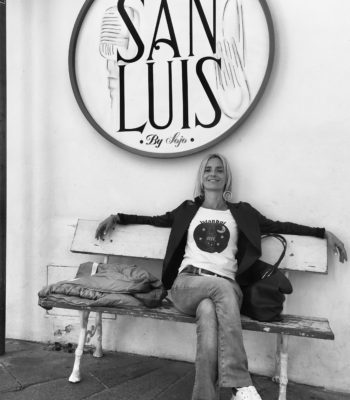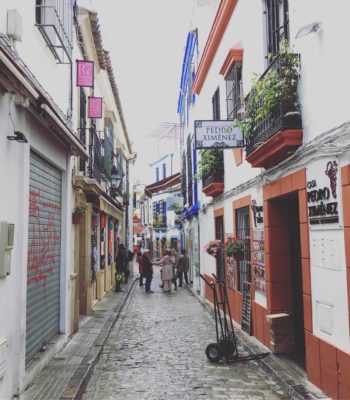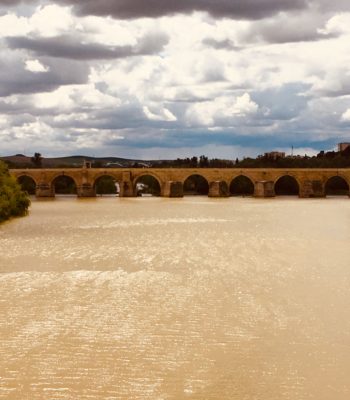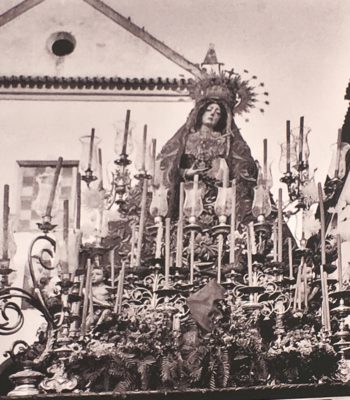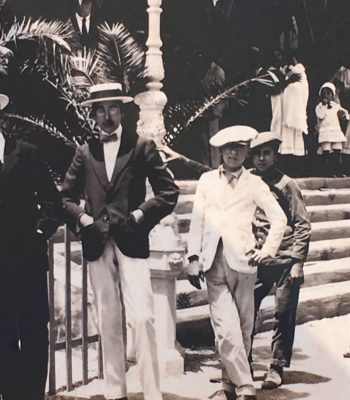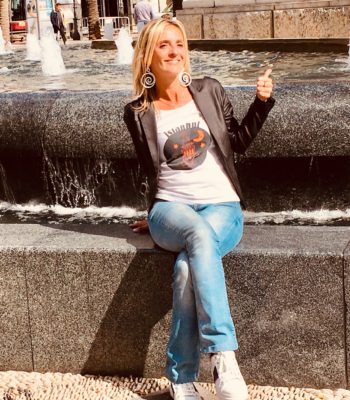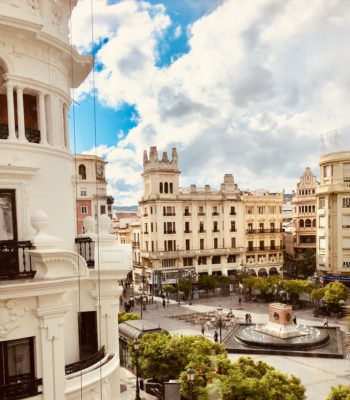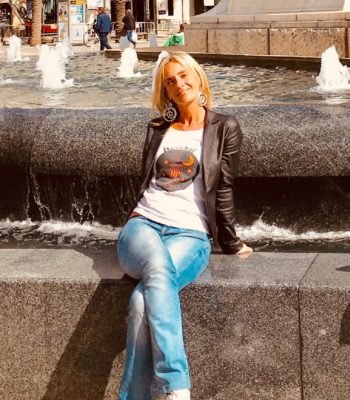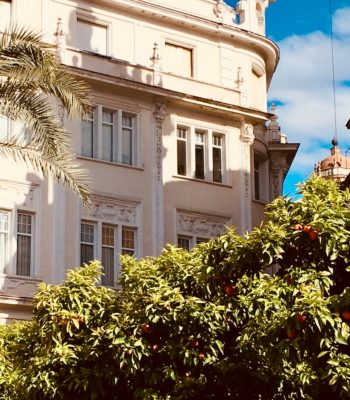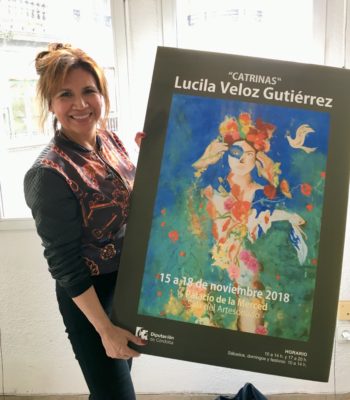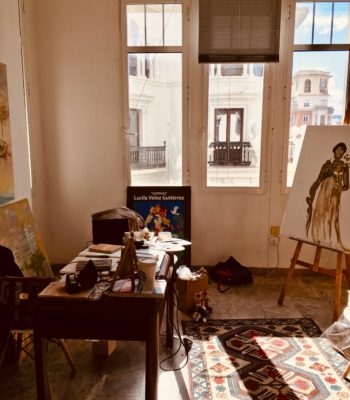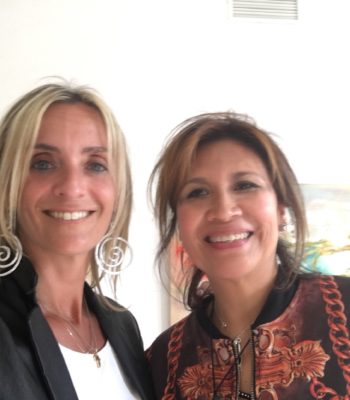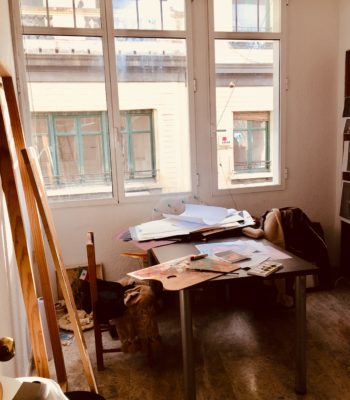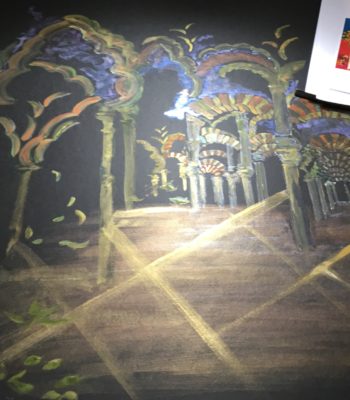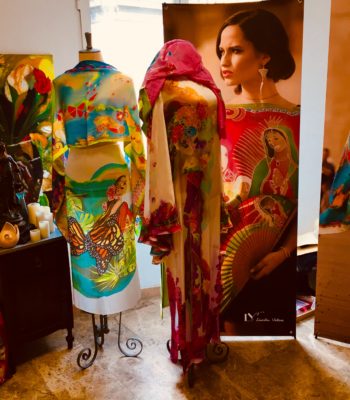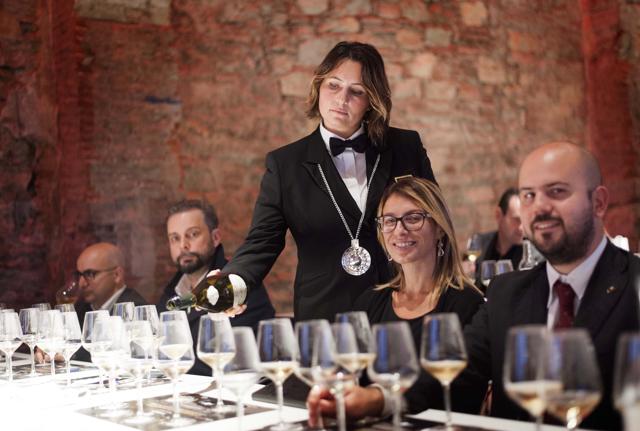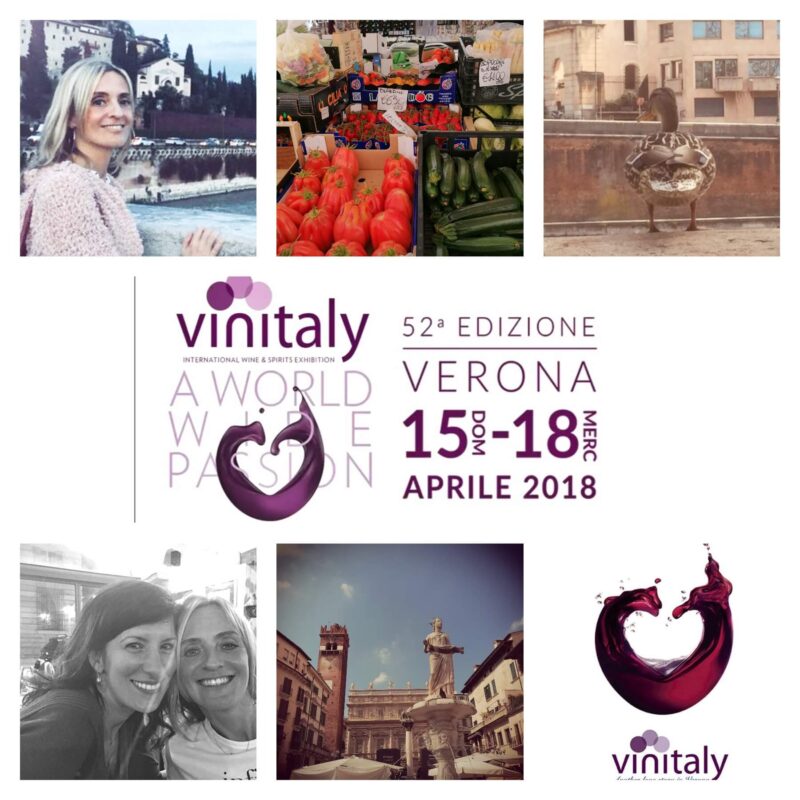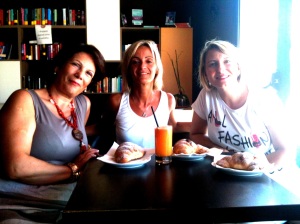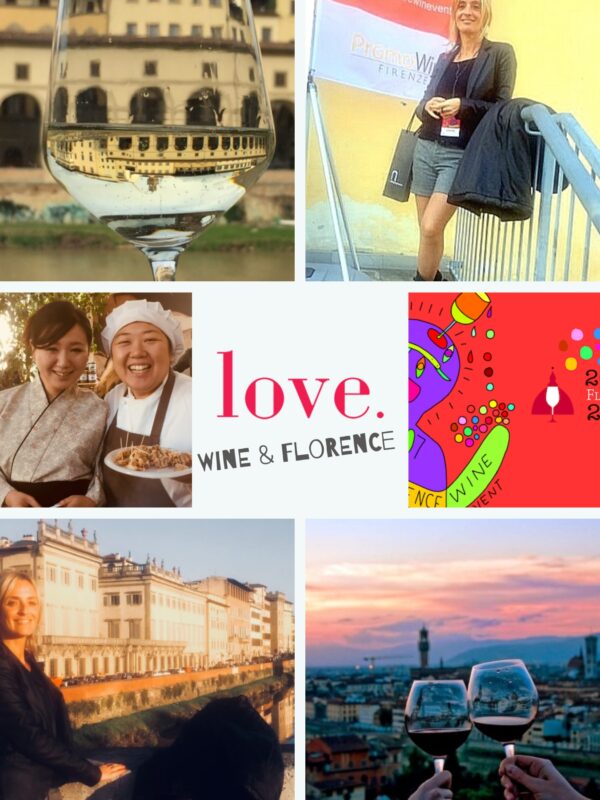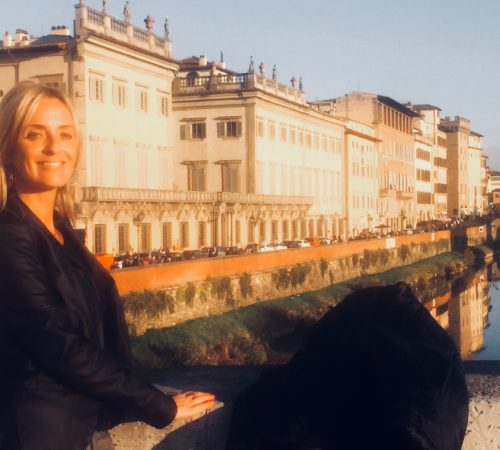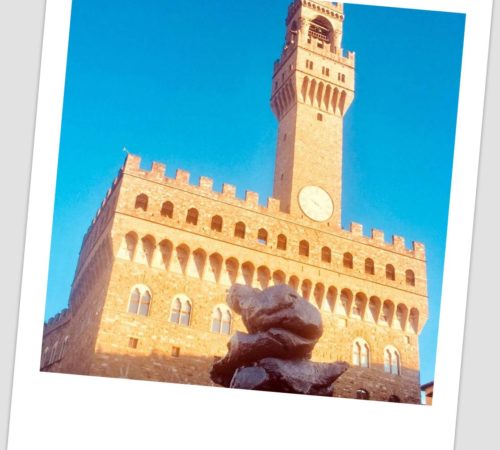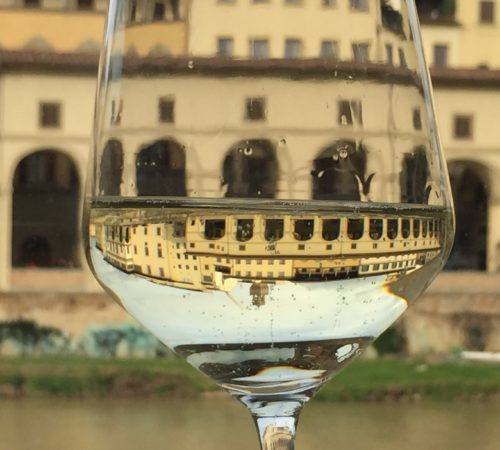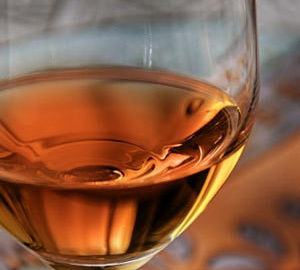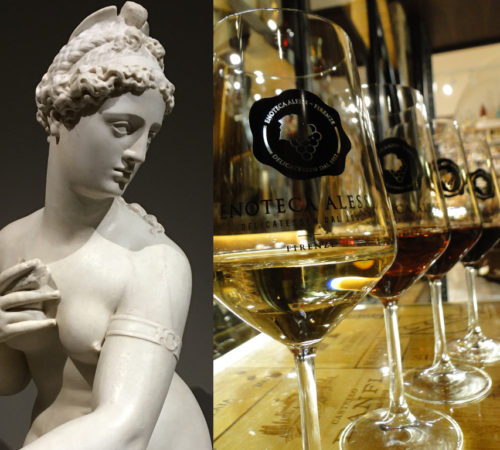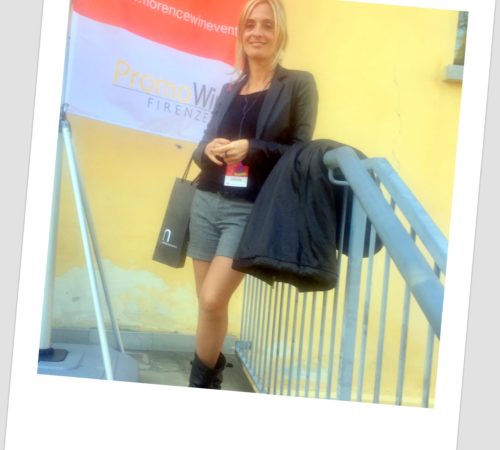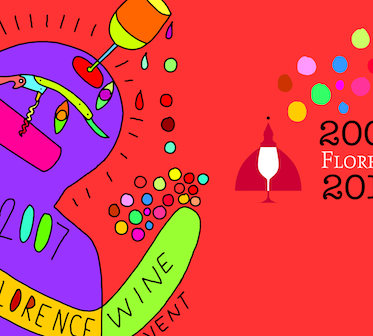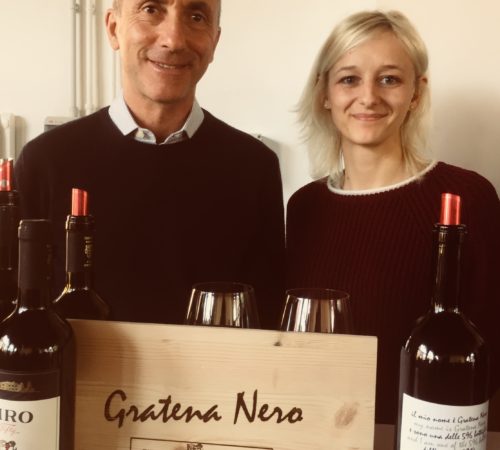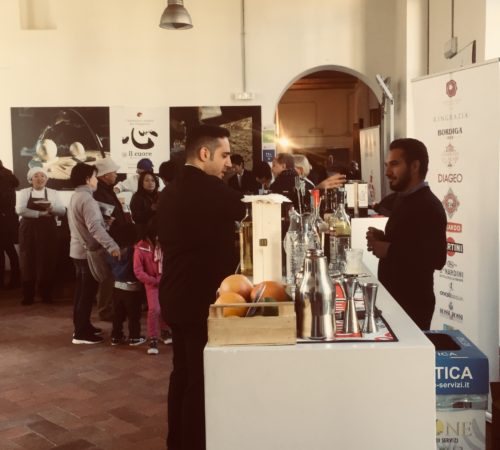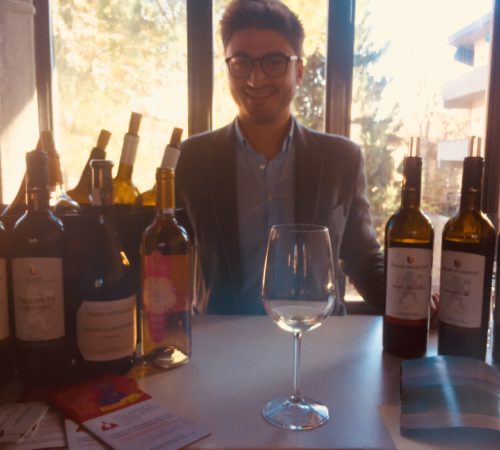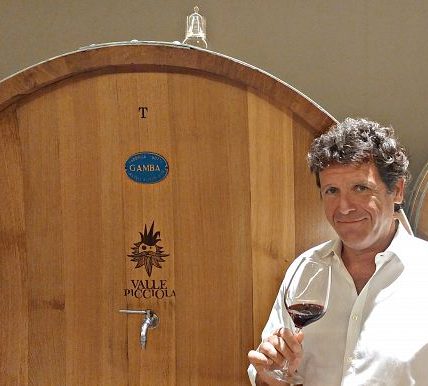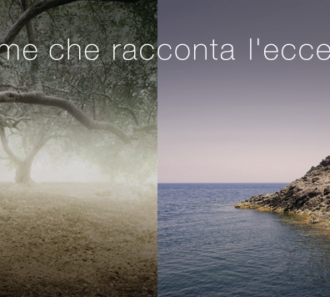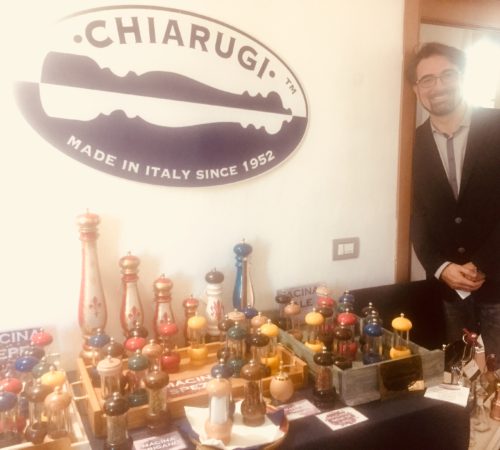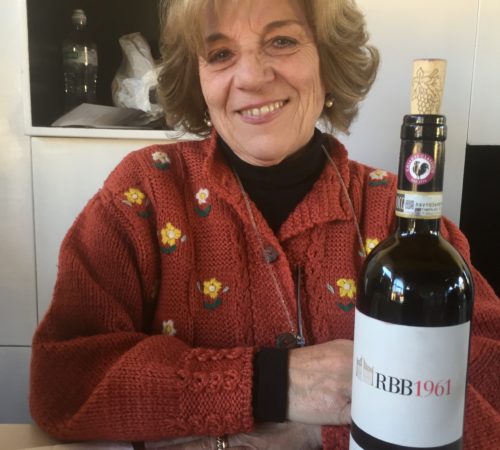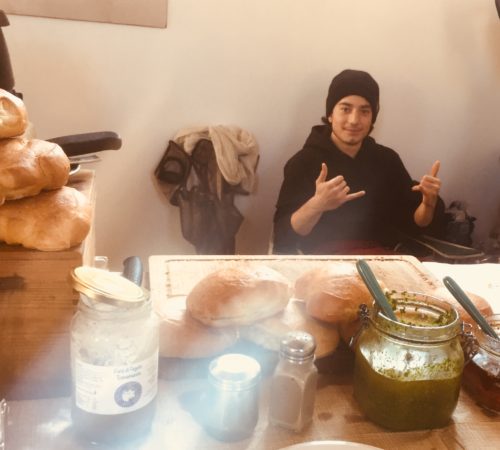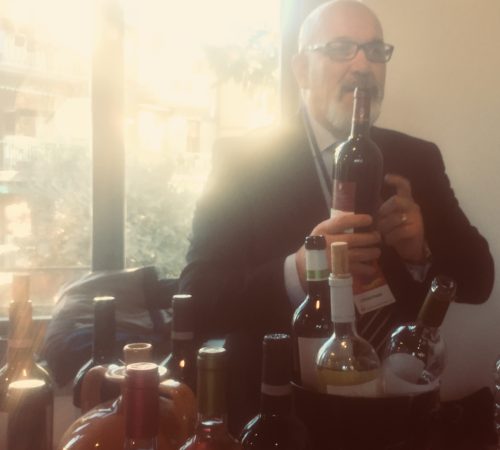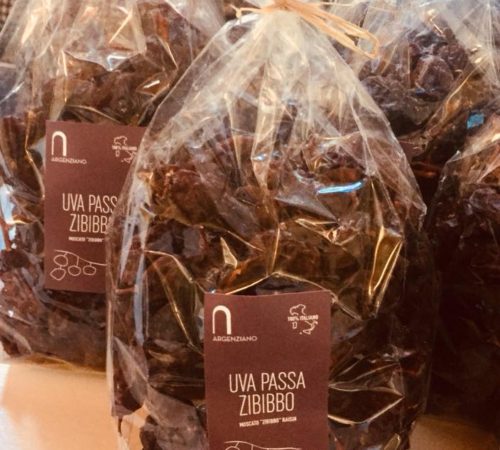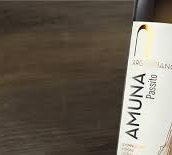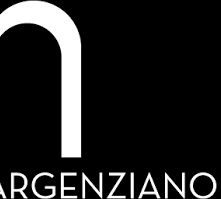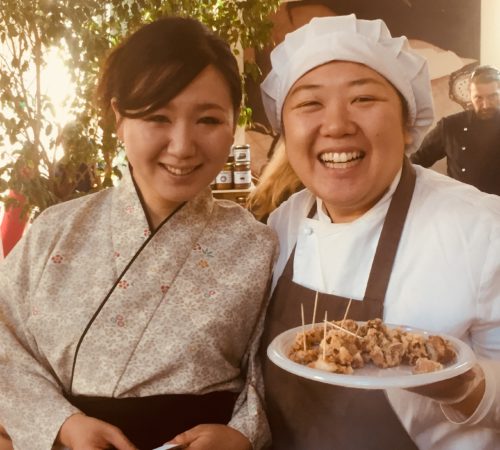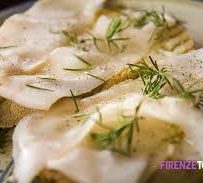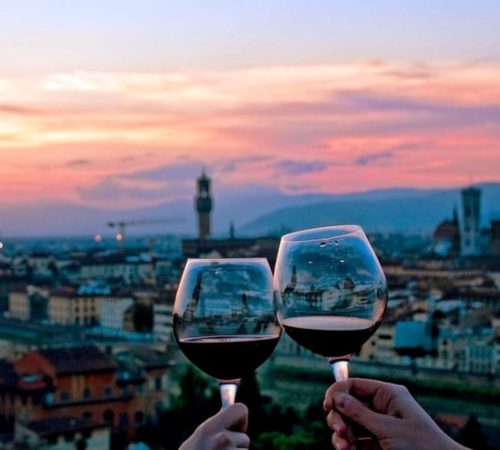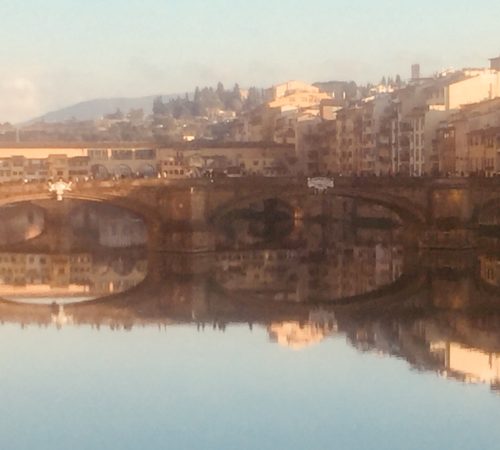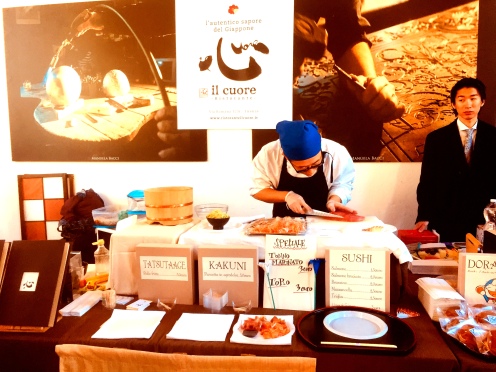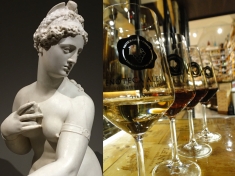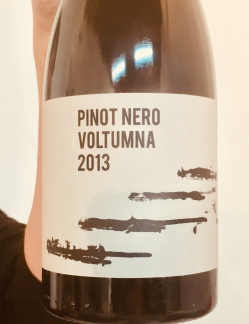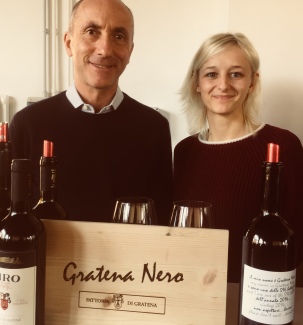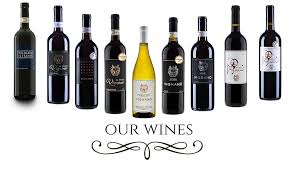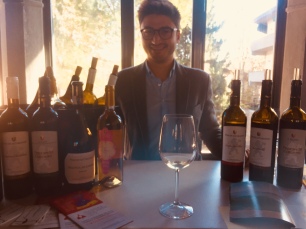“…No creas lo que tus ojos te dicen.
Todo lo que muestran son limitaciones.
Mira con tu comprensión,
encuentra lo que ya sabes,
y verás el camino para volar…”
Andalusia, a paradise between Europe and Africa
Andalusia is a vibrant destination to visit for its treasures, the faboulous nightlife, the regional pride on ‘flamenco’, ‘bullfighting’, Moorish architecture, and more over. Andalusia consists of 8 provinces: Seville, Cádiz, Cordoba, Granada, Huelva, Jaen, Almeria, Malaga.
Each of them one has very distinct characteristics and it is worth spending some time in. Being the Southern part of the Iberian peninsula and the Southern most point of Europe, Andalusia boasts several microclimates and stunning and variegated landscapes.
Andalusia, between the Mediterranean and the Atlantic
Its coastline stretches for over 500 miles peppered with beaches overlooking both the Mediterranean and the Atlantic: from the ‘the Costa del Sol’ to the ‘the Costa de La Luz’. Andalusia offers also imposing mountain chains , such as:
Andalusia and the desert of ‘Tabernas’
Andalusia is a gem of nature, which provides endless nature wanders , among which 24 natural parks, and ‘the Tabernas’ , one of the most wide world known desert for its international cinematic location !
‘The Tabernas’ is located in the barren interior of ‘Costa de Almeria’. It’s approximately 280 square kilometers, and since the 1950s westerns, war films and fantasy adventures have all been filmed in this South Eastern corner of Spain, such as :
- Sergio Leone’s ‘Spaghetti Westerns’,;
- Steven Spielberg’s ‘Indiana Jones‘;
- David Lean’s ‘Lawrence of Arabia’.
History of Andalusia
Being a gateway between Europe and Africa like Sicily, Andalusia attracted different cultures and people over the past centuries: Phoenicians, Greeks, Carthaginians, Romans, Christians, Vandals, Visigots, and Arabs. Since 711 AC the territory was ruled by Muslim caliphates and emirates under the name of ‘Al-Andalus’, from which Andalusia takes its name today.
The ‘Guadalquivir River Valley’ was the heart of the kingdom and the city of Cordoba became the capital of the Islamic Empire. Moors were enlightened rulers, they contributed to the economical and social development of Andalusia . They promoted a religious tolerance towards the Christian community and the Jewish one. Something like that was really revolutionary in the Middle Age.
Arabs governed Andalusia till the 1492 , when the Catholic Kings Ferdinand II of Aragon and Isabella I of Castile established the famous ‘Reconquesta’. In the same year the Italian explorer Christopher Columbus sailed away from the harbour of Palos de la Frontera (in the Western coast of Andalusia ). He discovered the New World, establishing the beginning of the ‘Spanish colonial empire’ in the overseas territory.
This florid period was the ‘Golden Age’ for Andalusia, whose fruits can still be seen today in its great buildings of the Gothic, the Renaissance and the early Baroque. Seville and Cádiz were the biggest and richest cities in the Iberian Peninsula.
However, the overwhelming majority of the wealth that reached Andalusia after the discovery of America did not concur to the enrichment of the whole territory. Indeed it was in part diverted in war and too much trade and finance came to be controlled by other areas of Spain and by other European states as well.
Andalusia today
The economic situation continued to deteriorate throughout the following period. The 18th and 19th centuries were turbulent times for Andalusia marked by the ‘Spanish War of Succession’, ‘the Napoleonic Invasion’, ‘the Battle of Trafalgar’, and social conflicts in the Andalusian countryside .
The 20th century was firstly shaped by the conflict between monarchists and republicans, then the ensuing ‘Civil War’ (1936-39) ended with the national government of General Franco, who maintained his power until his death in 1975. With the return to the democracy under the popular monarch Juan Carlos I, Andalusia attained a new self-confidence and became an autonomous region in 1982.
My second time in Seville
As I wanted to understand why I was so inspired by Seville , I decided to visit this exotic metropolis again for my Easter holiday. Not only because spring was the best period for its mild warm temperature, but also because I had much more time.
Therefore, I had the possibility to enjoy the charm of Andalusia and its hypnotic atmosphere. I discovered other amazing cities too, such as Cádiz and Cordoba, which made me deeply aware of the complexity of this incredible land and off the ‘alma‘ (soul) of its inhabitants.
5 Things to do in Seville
I arrived in Seville at the end of April between two important celebrations the ‘Semana Santa‘ (‘Holy week’) and the ‘Feria de Abril’ (‘April Fair’), avoiding the busiest period of the year. Of course, I misse the most interesting events too!
By the way these are some other marvels of Seville, which involved me more closely:
- ‘Cathedral of Seville’: My first desire was to visit the ‘Cathedral of Seville’ (or ‘Catedral de Santa Maria de la Sede’ ). It is the third largest church in the world . It was built during the 15th and 16th centuries, in the spot where the mosque of the city once stood during the Moorish occupation. While its Gothic architecture is impressive from the outside, its sheer detail and scale is best appreciated from inside. Besides its impressive architecture, you’ll also find works of art by famed Spanish artists, an incredible choir and altar, and the tomb of Christopher Columbus . Moreover, there is the ‘Patio de los Naranjos’,which is an an idyllic courtyard with its scented orange trees. Click here for useful tips for visiting the ‘Cathedral of Seville’;
- ‘La Giralda’: After the ‘the Cathedral of Seville‘, I made my way up its attached bell tower , which is ‘La Giralda‘. Its name means ‘she who turns’ ( ‘girar‘ is ‘to turn’ in Spanish) after the weathervane on top of the tower, a statue representing faith called ‘El Giraldillo’. This is probably the best known symbol of the city . Originally a minaret and one of the few remaining parts of a mosque built on this site by Muslims between 1184 and 1198, the tower was unusual in that it had ramps that led you to the top rather than stairs. This was so animals could carry up the men , whose job it was to perform the call to prayer five times a day. After Seville was taken back by the Christians, ‘La Giralda’ was converted into a Christian church and finally into the Seville’s Cathedral Bell tower . ‘La Giralda’ is 101 metres high, which makes it higher than London’s ‘Big Ben‘ and the ‘Tower of Pisa’ ! In 1987 ‘UNESCO’ declared ‘La Giralda’ a world heritage site for its great artistic and architectural value and its rich history, which reflects its cultural melting-pot . ‘La Giralda’ together with its 24 bells was always my extraordinary open-air show when viewed from the street. It was my top pick for the best view in Seville as well as the other rooftop bars dotted throughout the city. Click here for useful tips for visiting the ‘Giralda’;
- ‘Barrio de Santa Cruz’: It’s a district of Seville, where I spend most of the time ‘de la Tarde’ (‘afternoon’) . I walked through its cobbled streets admiring the picturesque facades of the magnificent buildings. I loved getting lost among elegant, fountains, squares, shops and old cafes;
- ‘Museo del Baile Flamenco’: This is the ‘Museum of flamenco dance’ , which is housed in a beautiful palace house (18th century) called ‘Casa de Palacio’ .The museum opened its doors to the public in April 2006 and was masterminded by the renowned flamenco dancer, Cristina Hoyos. She who was born, and grew up in the very same streets where the museum now stands. Cristina Hoyos was a great dancer and worked with many of the legends of flamenco dance. Different areas of the museum are dedicated to Cristina ’s teachers and associates , including Antonio Gades, Enrique el Coto and Pilar Lopez;
- ‘Boca Boca Restaurant’: The perfect way to end my evening in Seville was to have a tasteful dinner in the Old Town. While the classical guitars and soft singing by flamenco artists entertained me delightfully all around, I stumbled upon the ‘Boca Boca’ . It’s a small but delicious Andalusian-Italian restaurant located between the ‘Cathedral of Seville’ and the ‘Plaza Nueva‘. The attentive servers welcomed with a big smile . I ordered my favourite ‘tapas‘ and my usual Verdejo , which is a fantastic fruity white wine produced in the Rueda region of Spain! I asked the owner the secrets of his recipes. This gentile man answered : ‘”semplice, passione” (‘simply, It’s passion’) . He was speaking my language, so he was Italian. He introduced himself with a bog smile. His name was Gianfranco . We went on talking not only about the local culinary specialities, but also about his adventure in Andalusia. He was so kind with me all the night long, keeping me company with all his picaresque life stories led between Italy , Spain and South America. I highly recommend the gorgeous ‘Boca Boca Restaurant‘, because of his politeness and his exclusive Andalusian cuisine.
2 Cities to visit in Andalusia
My Andalusian itinerary included two great cities , such as Cádiz and Cordoba, which were connected to Seville by fast ‘Renfe trains’ in about two hours. I found Cádiz and Cordoba historic, quaint and seductive. Here you are some reasons why to go there:
- Exploring the remnants of a great Islamic Empire;
- Strolling the cobbled laneways and famous floral patios;
- Witnessing one of the most historically fascinating buildings in the world:
- Visiting the home of powerful kings;
- Tasting superb ‘tapas‘ in cute squares.
1. Cadiz
Cádiz is the oldest city in Europe. It was founded in 1100 BC by the Phoenicians, who called it ‘Gadir’ and traded Baltic amber and British tin, as well as Spanish silver. The city became a naval base for the Romans until 1262, when it was taken from the Muslims by Alfonso X. It enjoyed a period of notable splendour with the discovery of America, as Columbus sailed from this port on his second and fourth voyages.
Much later the city had its ‘Golden Age’ during the 18th century, when it had the monopoly of American trade with Spain to a large extent. From this time it grew into one of the wealthiest and most cosmopolitan cities in Spain and most of the city’s fine buildings date from this time.
4 Things to do in Cadiz
Cádiz is filled with things to see and experiences to live. It has a laid-back vibe, excellent seafood and atmospheric streets bathed in intense sunlight.
- ‘Cádiz Cathedral’: When I was in ‘Barrio del Pópulo’, I found myself contemplating the majestic ‘Cathedral of Cadiz’, which was designed by Vicente de Acero. It’s a spectacular architectural work of art , combining the traditional Spanish architecture with Baroque forms from Italy. Check out the inside of the cathedral for five euros or with a guided tour. You can also climb up the tower for another great view of the city;
- ‘Tavira Tower’: It is a watchtower and witness to the trade and prosperity which the city experienced in the 18th century. It is situated in the centre of town. It is also the highest point in the town at 45 meters above the sea level. The most known attraction of this tower , apart from the beautiful panoramic view I had on the top floor of it, is the famous ‘Camera Oscura’. It consists of an optical system that reflects a live image on a white circular screen which functions as telescopes used in submarines, where visitors can enjoy an exhibition of approximately 15 minutes. These exposures are developed by guides that explain accurately and with sympathy all the historical data, interesting facts and curiosities;
- ‘La Caleta Beach’: this is known as one of the most beautiful beaches in Cádiz , which has been made famous by the James Bond movie ‘007, Die Another Day‘. It is located between two old castles, the ‘Castillo de Santa Catalina’ and the ‘Castillo de San Sebastián’ , where you can enjoy art exhibitions and colourful sunsets;
- ‘Calle Plocia’: It’s a street behind the ‘Plaza de Sevilla’ full of restaurants and bar where to try the best of the Andalusian ‘tapas‘ and wines.
2. Cordoba
Cordoba is a pint-sized historical jewellery that punches well above its weight. Cordoba was even better than I imagined! I was in complete awe. Whilst Western European peasants worried that their wattle-and-daub might not see out the winter the Cordoba people were carving intricate vegetal friezes into their sandstone. Whilst wild Vikings were burning their boats, Cordoba’s Muslims were creating libraries!
During its turbulent history, Cordoba was under Roman rule, then colonized by the Muslims in the 8th century, which led to it becoming a major Islamic center and the capital of the ‘Caliphate of Córdoba’ in the Middle Ages. At that time it was one of the biggest, if not the biggest city in the world. During the ‘Reconquista’ in the 13th century, it was recaptured by Christian forces.
7 Things to do in Cordoba
One day was too short to experience all the magic things Cordoba had to offer, but It was enough to get an appreciable first impression. I arrived early in the morning so I didn’t have to stand in line to visit its main attractions.
The most important advice I can probably give you to visit Cordoba is: planning and research is everything! A lot of monuments are only open until 3 pm. So make sure to choose what you want to see in advance! Here my top list of things to do in Cordoba:
- ‘The Mosque–Cathedral Mezquita’: One of the world’s greatest works of Islamic architecture, ‘Mezquita Mosque–Cathedral’ is an astounding hybrid structure built as a mosque in the 8th century by Umayyad Abd-ur-Rahman. At that time Cordoba was the leading city in terms of science and culture in Europe and the most important city in the Islamic Kingdom. At the beginning of the 13th century, Cordoba was retaken by Christians and the mosque was converted into a church, culminating with the Renaissance cathedral nave in the 16th century. Click here for useful tips for visiting it ;
- ‘Patio De Los Naranjos’: An enchanting orange patio inside the ‘The Mosque–Cathedral Mezquita’ . This former caliphate courtyard of ablutions today houses the ticket office and is a great place to enjoy the shade of the trees and the subtle orange scent. Click here for useful tips for visiting it;
- ‘Cordoba Historic Centre’ : Just around the corner North from the mosque, you’ll find ‘Calleja de las Flores’, a narrow whitewashed alley filled with flowers and a great photo opportunity. The historic centre of Cordoba is famed for its hidden patios, large interior courtyards and twisting alleys;
- ‘La Judería’ : The streets which are referred to as ‘La Judería’ , that means the ‘Jewish Quarte’, are the ones where Jewish people once dwelled and it is still the most beautiful part of the city. There was a time several centuries ago when Cordoba was known as the city of three cultures, because Christians, Muslims and Jews lived in harmony with each other. Today, there are very very few Muslims and Jews communities in Cordoba, but their influence remains in the architecture and the mosque and synagogue (neither functioning religiously now) all around;
- ‘Paseo de la Ribera’: Cordoba‘s promenade is an area filled with stylish restaurants, and it’s a perfect place where to stop for a break! I walked along ‘the Roman Bridge’ to reach the other side of the city and I had nice views of the nature around the Guadalquivir River. ‘the Roman Bridge’ dates from the 1st century BC, but was rebuilt in the 10th century during the Moorish occupation. It leads to ‘Torre de la Calahorra‘ at South end , that is a fortified gate originally built by the Moors (‘Almohads’) and extensively restored by King Enrique II of Castile in 1369 to defend the city from attack by his brother Pedro I the Cruel. The tower houses the ‘Museo Vivo de Andalus’ , a living museum featuring waxworks and a model of the Alhambra;
- ‘Horno San Luis’: It’s a delicious restaurant in the old town , where I had the ‘salmorejo’, the typical dish from Cordoba. It’s a ‘gazpacho‘ with eggs and Iberico ham. The restaurant was also an attraction in itself. It consisted of different patios all decorated differently but with a lot of plants and flowers;
- ‘Plaza de La Tendillas‘:It’s the modern business and financial core of the city, where I stopped before going back to Seville. Clouds gave way to splendid sunshine , so I sat on the edge of a fountain to take last photos in Cordoba. During my ‘siesta’ my attention was attracted by a smiling lady while sketching a dome of a white colonial house . Her drawing was simple and beautiful, absolutely clear, made only with a piece of charcoal. I congratulated her to be able to capture the magnificence of that old building in few essential lines. We started to talk each other, and made friendship. Her name was Lucila Veloz Gutierrez, a well-rounded artist born in Guanajuato, Mexico, who moved for her job in Cordoba twenty years ago. To my great astonishment she invited me to go to her atelier in the heart of ‘Plaza de La Tendillas‘ at the second floor of an old and elegant palace. It was a fascinating laboratory of architecture and painting , where I admired her works dealing with the constant theme of the integration of Mexican community in Andalusia. I’ll never forget the brightness of her water colors depicting the bicolored arches of the ‘Mezquita’ of Cordoba . As I was heading to the train station, I knew that it wasn’t the last time I would see Lucila!
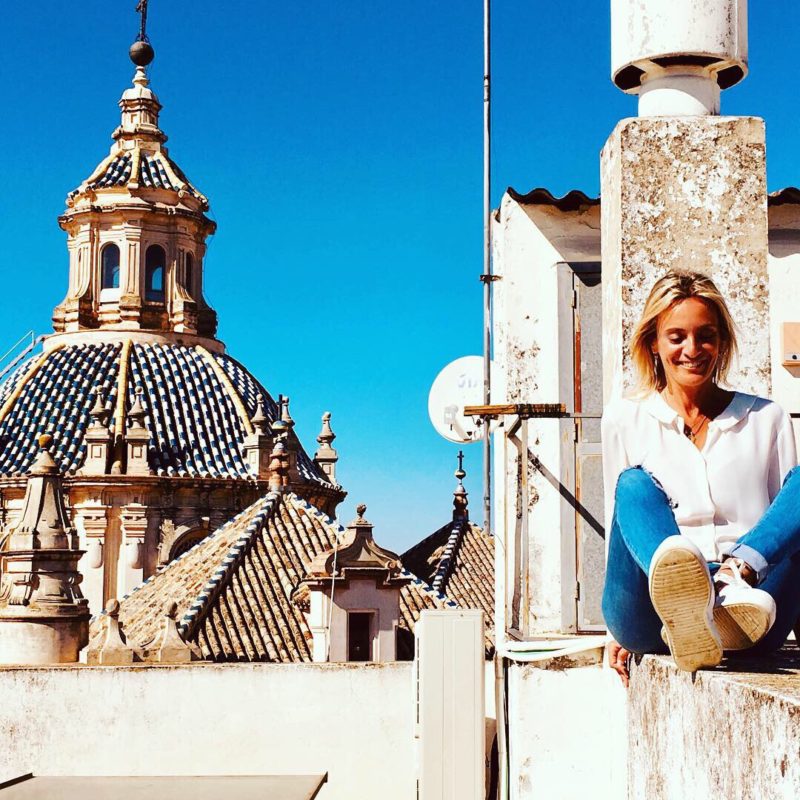
Andalusia is not for tourists but for travellers!
There’s no place like Andalusia! This is a mesmerizing Spanish region, which exudes style and flair whilst also steeped in hundreds of years of glorious history. The true essence of Spain is in Andalusia, in the passionate flamenco woven into the fabric of everyday life, along the intricate cobbled lanes of a blindingly whitewashed village, in a majestic cathedral that soars into the blue, or inside a crowded ‘tapas bar’ where locals and visitors come for top food & wine !
Whether it’s a masterpiece of Islamic architecture, a breath taking nature scene, or a ravishing coastal town overflowing with old-world charm, there’s no better way to grab the soul of Southern Spain than by visiting these beautiful places in Andalusia. Definitely, Andalusia is a perfect idea for your next upcoming trip, because this buzzing land will give you that tingling sensation in your stomach and make your heart beat faster .
If you like my post, please subscribe to the socials of www.WeLoveitaly.eu :


